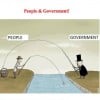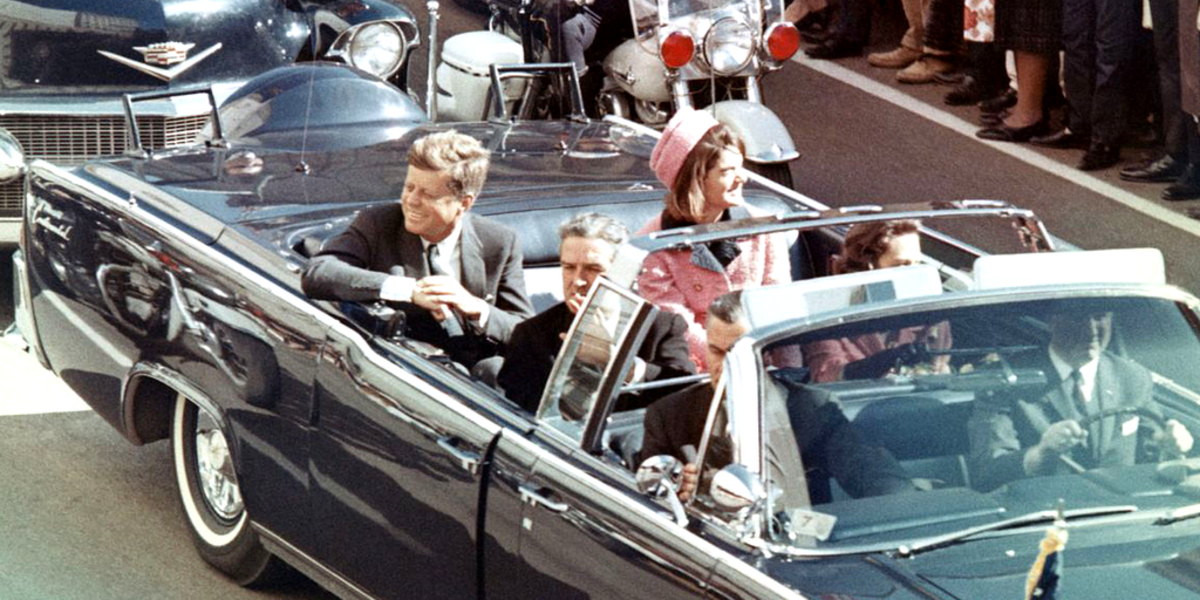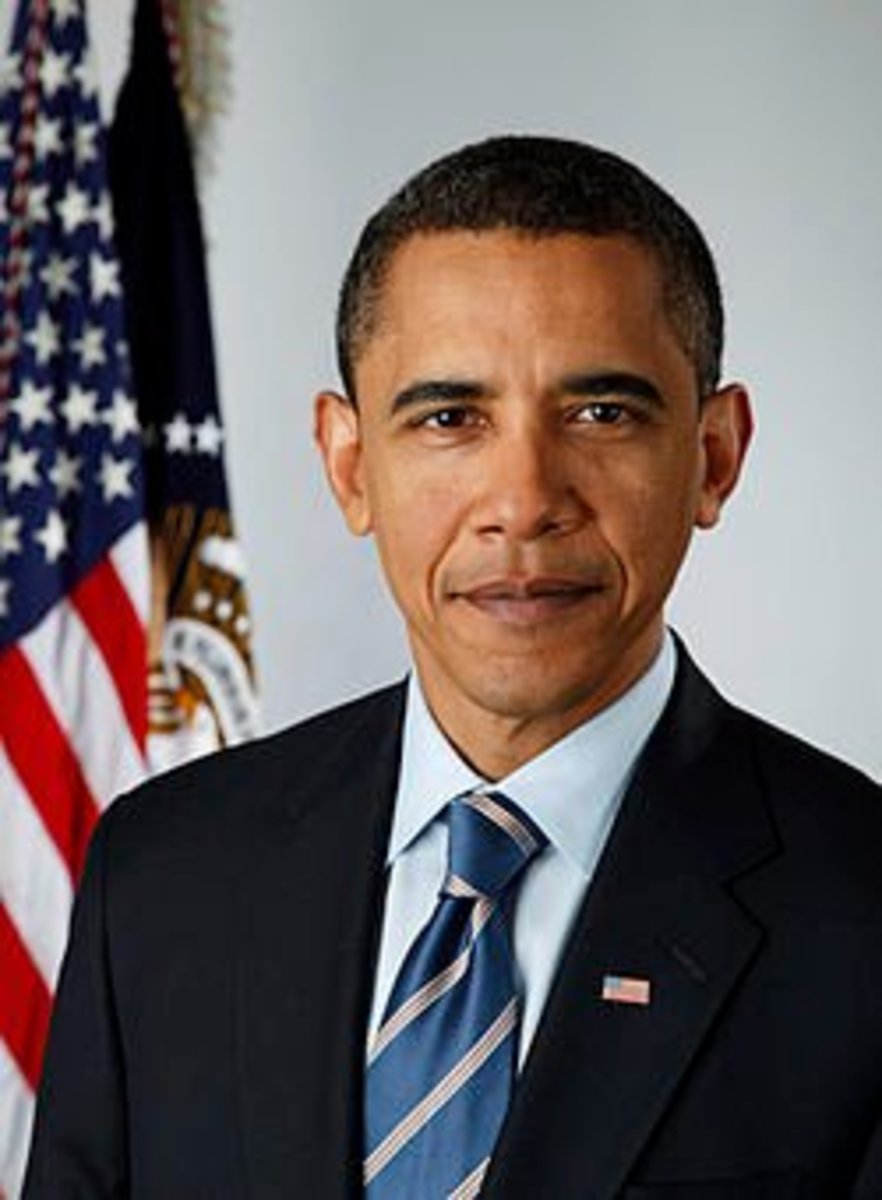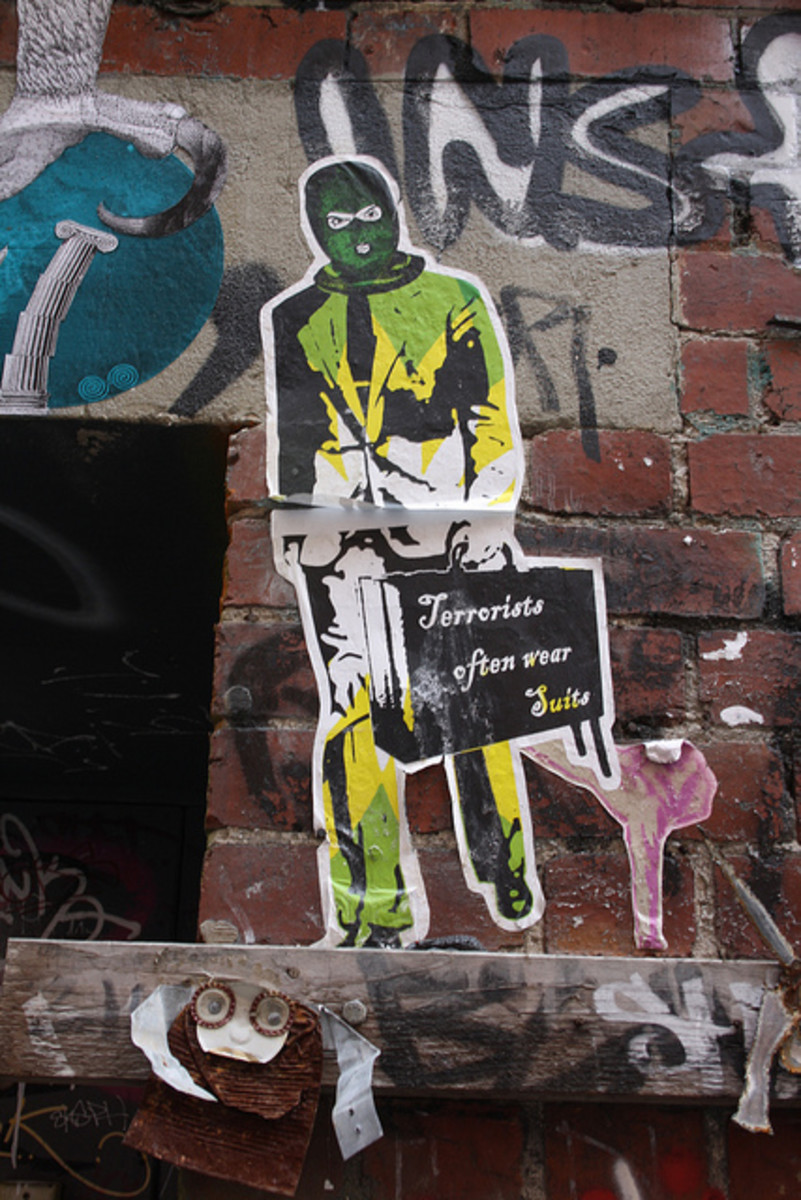Obama's Drone War Delineates American Atrocities Abroad
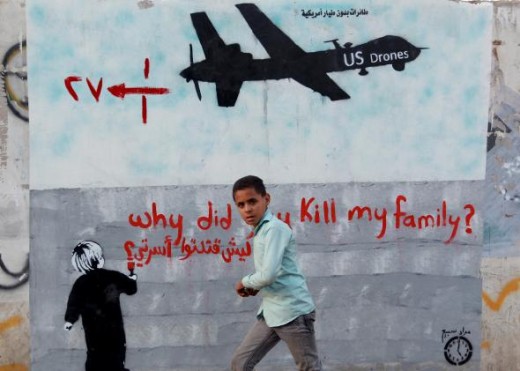
The Droner in Chief
President Barack Hussein Obama has not ended the wars started under President George Walker Bush. He has prolonged them, morphed them, and changed the way America wages war for the foreseeable future.
Jeremy Scahill and his colleagues at The Intercept got their hands on secret military documents last year that reveal the true extent to which Obama has relied on and increased the use of weaponized drones abroad to take out supposed terrorist targets.
Though President Obama has gone full speed ahead with this global game of whack-a-mole, President Bush set the stage in 2002 during his State of the Union address: “These enemies view the entire world as a battlefield, and we must pursue them wherever they are. So long as training camps operate, so long as nations harbor terrorists, freedom is at risk.” Our last two commander in chiefs have treated the entire planet as a battlefield, a war that must be constantly waged against our “adversaries.” Using President Bush’s description of the war we are waging, we could be on a war footing for quite some time.
“From his first days as commander in chief,” Scahill began, “the drone has been President Barack Obama’s weapon of choice, used by the military and the CIA to hunt down and kill the people his administration has deemed — through secretive processes, without indictment or trial — worthy of execution.” Defenders of Obama’s tactics claim it is more effective and less deadly, as it does not put American soldiers in the line of fire. But, in the process, we create many more terrorists than eliminate.
When discussed publicly, the Obama administration has offered assurances that drones would only be used when such a threat is “imminent” and there is “near certainty” that the target will be eliminated. However, even that dubious definition was quickly expanded.
Do you think drone strikes abroad make Americans more or less safe?
White House counterterrorism adviser John Brennan made the first public move in September 2011 when he said the United States would only strike to avert an “imminent” attack. However, there was quite a caveat:
“We are finding increasing recognition in the international community that a more flexible understanding of ‘imminence’ may be appropriate when dealing with terrorist groups, in part because threats posed by non-state actors do not present themselves in the ways that evidenced imminence in more traditional conflicts. After all, al-Qaeda does not follow a traditional command structure, wear uniforms, carry its arms openly, or mass its troops at the borders of the nations it attacks. Nonetheless, it possesses the demonstrated capability to strike with little notice and cause significant civilian or military casualties.”
As al-Qaeda is not a traditional enemy, all of its attacks can therefore be considered imminent. Since it is not a normal state actor, a strike can be justified on anyone, anywhere, as long as they are loosely “linked” to a terrorist entity somehow.
The Intercept obtained a load of secret documents from a source within the intelligence community that provides a window into the inner workings of the U.S. military’s kill and capture operations between 2011 and 2013. The source decided to disclose the documents to The Intercept because he “believes the public has a right to understand the process by which people are placed on kill lists and ultimately assassinated on orders from the highest echelons of the U.S. government.”
For all of its calls of openness and transparency, the Obama administration has been notably secretive. President Obama has failed to fulfill his many promises to end the “culture of secrecy” that has defined his administration’s use of drones in targeting Islamic extremists overseas, according to a damning report issued earlier this year by a Washington think tank.
The Stimson Center, a nonpartisan research organization, gave the Obama administration an “F” for failing to provide a clear legal justification for its use of drones to kill al-Qaeda or Islamic State extremists in countries where the United States is not at war.
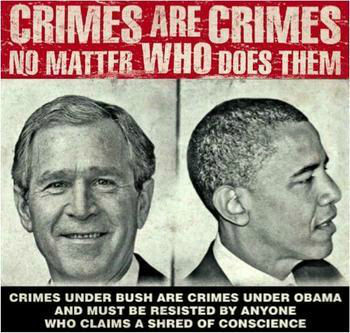
The Most Transparent Administration in History
The drone war began under Bush, but accelerated under Obama. While Bush had used armed drones mostly in Pakistan, Obama has deployed them in Yemen, Libya, and Somalia, with at least six American citizens among the many hundreds killed. Under Obama, the U.S. has also greatly increased its presence on the continent of Africa, as the military has struck 29 agreements to use international airports in Africa as “refueling centers,” supporting a “growing network of outposts facilitating an increasing number of missions by the 5,000 to 8,000 U.S. troops and civilians operating on the continent.”
Obama promised more transparency in a 2013 speech. The plan was to shift the authority to assassinate abroad via drone from the CIA to the Pentagon, but that, along with a peak behind the curtain of the drone program, never materialized.
“The rhetoric has not matched the reality with regards to the U.S. drone program,” said Rachel Stohl, author of the Stimson Center report, to Foreign Policy. “At this point, with this many years behind us in the drone program, saying, ‘Just trust us,’ isn’t enough any more.” Was it ever?
We most certainly cannot trust our government to do the right thing. They do not want to reveal every single detail pertaining to its many drone strikes over the years to everyone, but what are they trying to hide?
James Downie, digital opinions editor at The Washington Post, wrote that “There have long been policy, constitutional and moral questions about the drone program — all made more difficult to answer by the Obama administration’s refusal to even acknowledge the program until 2013.” The fact that the president did not even mention its very existence until after the 2012 election, says all you need to know about this politically-calculating individual. Perhaps Obama knows he is prolonging the problems abroad rather than solving them. It’s easier to launch a drone strike than to send troops into harm's way.
Retired Gen. Michael Flynn, former head of the Defense Intelligence Agency, said last year, “When you drop a bomb from a drone . . . you are going to cause more damage than you are going to cause good,” including more radicalized terrorists. Obama’s accelerated drone war is perhaps one of the greatest recruiting tools for groups like ISIS and al-Qaeda, not Donald Trump’s rhetoric or the existence of Guantanamo Bay.
Downie continued:
“What makes Obama’s policy even more disappointing is that whoever succeeds him will likely widen the program further. Obama at least gives the impression of taking the constitutional and moral consequences of the drone program seriously, even if this has been only a small restraint on the program. But Hillary Clinton has stoutly defended the drone program inside the White House as secretary of state, afterward in her
memoir and on the campaign trail.”
The drone program, like any government program, once it starts, will be impossible to stop. The secrecy of this assassination tactic is something that needs to be done much more openly, before we kill more civilians abroad. Hillary Clinton would certainly continue it. As for Donald Trump? It’s anyone’s guess.
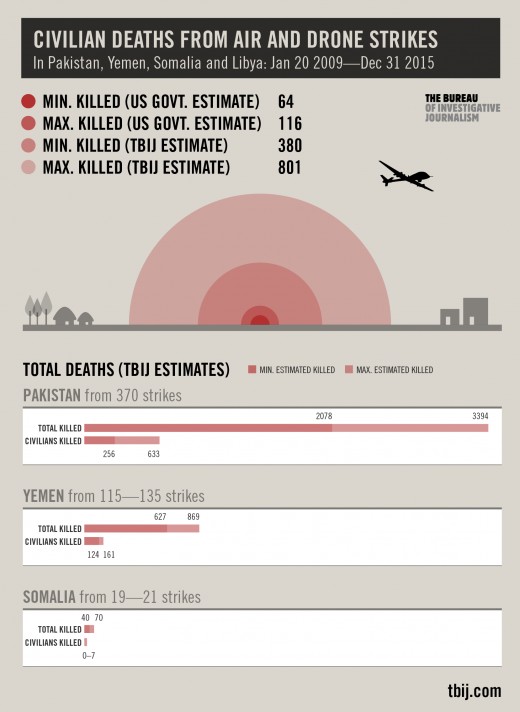
Collateral damage?
Obama has claimed that drone and other airstrikes, his favored tactics of war, have killed between 64 and 116 civilians during his administration, a tally widely criticized before and after its release.
Between 2009 and 2015, the administration claimed that it launched 473 strikes, mostly with drones, that killed between what it said were 2,372 and 2,581 terrorist “combatants”. Yet, this casualty count is far from complete, as it leaves out the civilian toll from drone strikes in Afghanistan, Syria and Iraq. The administration did not go into any detail as to where each strike occurred.
The Guardian has filed a freedom of information act request for records relating to the civilian-death assessment in the U.S. bombing campaign in Iraq and Syria, where so far the U.S. military has concluded it has killed 36 civilians since summer 2015.
According to the Bureau of Investigative Journalism, the civilian death toll from drones under Obama could be as high as more than 800 people in Pakistan, Yemen and Somalia. But even this figure is not precise.
The drone war continues to insulate Obama from the consequences of his decisions and indecisions abroad. Now, our president can execute anyone, anytime, anywhere, on earth, and our government does not have to disclose the full scope of the operation to its citizenry.
John Brennan, the CIA director, and Dianne Feinstein, the top Democrat on the Senate intelligence committee, have for years claimed the drone strikes kill “single digits” worth of civilians annually, though they have provided no evidence for the assertion.
In 2013, consistent neoconservative and Obama-basher, Charles Krauthammer, defended Obama’s drone war. He wrote that, regarding al-Qaeda, “imminence is not required.” Someone sleeping in their beds, such as American citizen Anwar al-Awlaki, could lawfully be snuffed not because of imminence but because he was self-declared al-Qaeda and therefore an enemy combatant.

Is there a defense for drones?
Krauthammer defended Obama’s controversial strike against American citizen al-Awlaki because he “took up arms against the United States,” therefore becoming “an enemy combatant.” If the president can bomb an American citizen overseas, why not in one of the fifty states?
Defenders of the drone war neglect to realize how imprecise and faulty much of the intelligence behind the strikes is. Furthermore, deadly strikes take out the intelligence portion of our counterterrorism operations. By killing the accused terrorist, we are unable to obtain any relevant information from them, after a “kill operation,” there is typically nobody on the ground to collect written material or laptops in the target’s house, or the phone on his body, or capture suspects and ask questions.
The civilian death toll at the hands of U.S. drone strikes around the world, and the subsequent coverup of it, are hard to take. President Obama either doesn't care, or is attempting to shield the hard truth from the American people.
Jennifer Gibson, staff attorney at Reprieve said: “For three years now, President Obama has been promising to shed light on the CIA’s covert drone programme.” Unfortunately, the collateral damage numbers released recently only tell us “that this Administration simply doesn’t know who it has killed. Back in 2011, it claimed to have killed ‘only 60’ civilians. Does it really expect us to believe that it has killed only 4 more civilians since then, despite taking hundreds more strikes?” There is a coverup in full effect here as America’s leaders do not want us to know the whole truth.
Most often, the U.S. uses unmanned drones during combat operations in Afghanistan, Pakistan, and Yemen. There is virtually no way to ensure there that there will be no collateral damage. According to the Bureau of Investigative Journalism, in Pakistan alone, nearly 2,500 people were killed by U.S. drone strikes as of March 2014, a third of them were children. In Yemen and Afghanistan, the numbers are likely just as horrifying.
Once it starts ...
In Pakistan, where the largest number of strikes have occurred, only three civilian casualties have been reported since the end of 2012. Two of these casualties, Warren Weinstein and Giovanni Lo Porto, were Western hostages held by al-Qaeda. Weinstein was an American aid worker. The U.S. was unaware they were at the same place as the jihadists, flattening the house they were all in. There are certainly more than three civilian deaths that have occurred in Pakistan as a result of a U.S. drone strike, perhaps even American deaths, that have not been solved due to the finality of an armed drone buzzing overhead.
The Bureau stated, with finality, that “the scale of UAV usage can be compared to a full-fledged undeclared war that the White House is waging in various parts of the world.” Does Obama believe these strikes are necessary to ensure security for all Americans? Then, make that case! Prove to us why these attacks are needed and how they make us safer.
Unfortunately, the American people remain left in the dark. The latest release of figures by the government hardly put the public at ease, if they care at all.
Four former members of the U.S. Air Force, with over 20 years experience combined operating military drones, have written an open letter to Barack Obama warning him of the dangers of targeted killings that have become a major driving force for ISIS and other terrorist groups. The group issued a plea to the Obama administration, calling for a reassessment of a controversial tactic they feel has “fueled the feelings of hatred that ignited terrorism and groups like ISIS, while also serving as a fundamental recruitment tool similar to Guantánamo Bay”.
From the very start, the drone program has been troubled by mistaken casualties. Classified government documents leaked to The Intercept reveal that up to 90% of those killed in drone strikes may be unintended, with the disparity described simply as “enemies killed in action”.
The former drone operators further argued that the commander in chief’s “no boots on the ground” strategy for the greater Middle East is “self-defeating, as the high number of civilian casualties and the callousness of drone killings merely propagates anti-US hatred.
So, is Donald Trump’s rhetoric the reason ISIS is lashing out in cities across the globe? Or are U.S. drone strikes over the years more to blame?
Upon viewing the leaked Operation Haymaker documents, it becomes clear that America’s drone operations in Afghanistan, in particular, have had very little tactical value over the years in eliminating specific “terrorists,” while the actual “benefits” noted are in fact negatives. Local populations live in fear of being targeted. The sociopolitical division bubbles over to a dangerous level in areas that are regularly targeted. A vicious cycle that is, unfortunately, doomed to continue.
Unless something changes.
So, are these drone strikes to keep Americans safe? Or to keep the rest of the world fearful?
